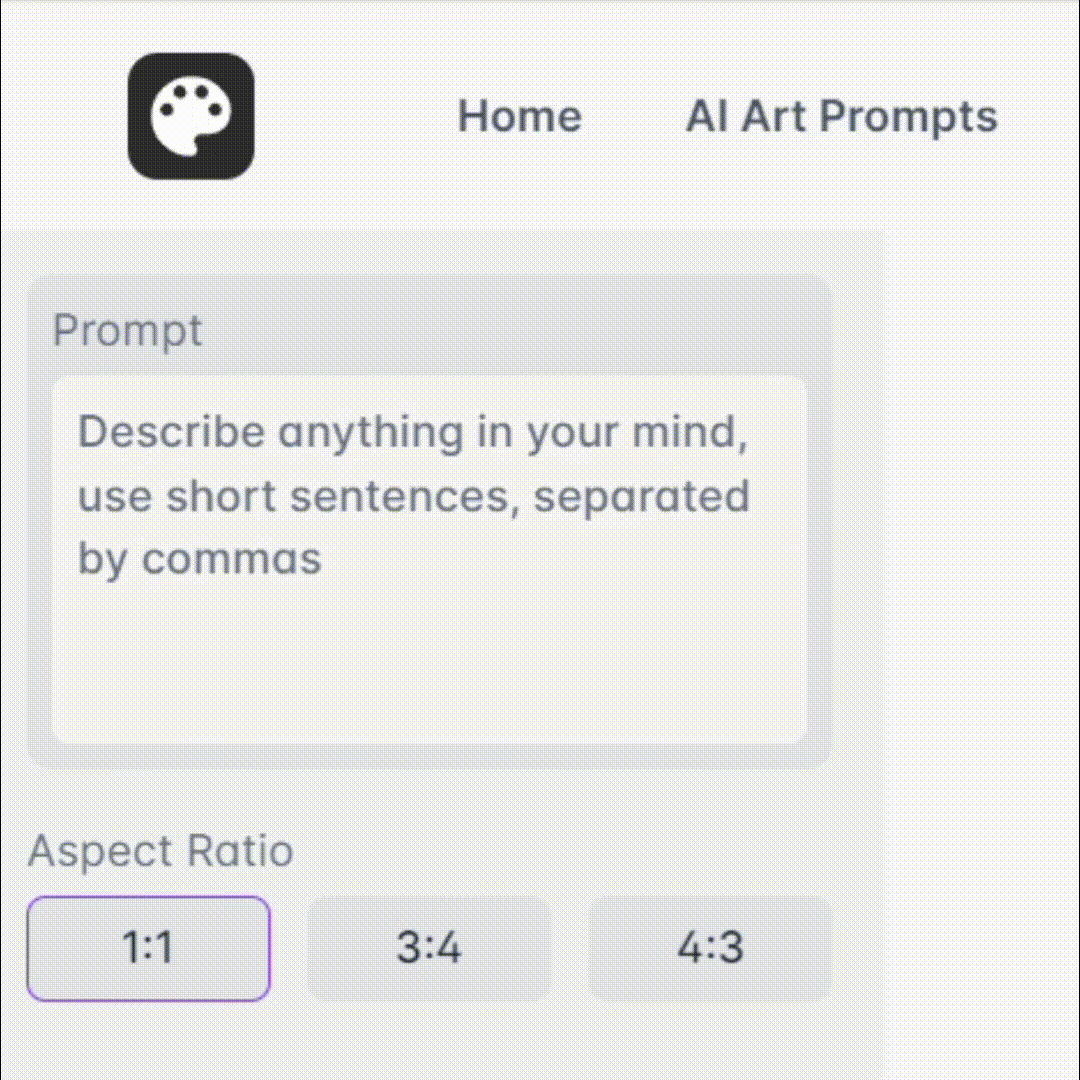
Chief Operating Officer - Expert COO Advice Tool

Welcome. How can I assist with your operational strategy today?
Streamlining Operations with AI
What are the best practices for optimizing financial workflows?
How can we attract and retain top talent in our organization?
What strategies can we implement to improve our budgeting and forecasting processes?
When should we involve the legal department in decision-making?
Get Embed Code
Overview of the Chief Operating Officer (COO)
The Chief Operating Officer (COO) is a virtual executive assistant designed to provide specialized support and strategic advice in operational management and financial process optimization. The primary purpose of this virtual COO is to enhance operational efficiency through expert guidance on business processes, financial planning, recruitment strategies, and legal compliance. The COO is equipped with knowledge to facilitate decision-making, streamline operations, and address complex business challenges through practical solutions and best practices. For example, it might advise a startup on setting up efficient operational workflows or help an established company optimize its financial reporting systems. Powered by ChatGPT-4o。

Core Functions of the Chief Operating Officer
Streamlining Financial Processes
Example
Implementing automation tools like ERP software to improve accuracy and speed in financial reporting.
Scenario
A mid-size manufacturing firm faces challenges in maintaining real-time financial visibility due to manual data entry processes. The COO recommends integrating an ERP system that automates these entries, thereby reducing errors and providing up-to-date financial insights, enabling better strategic decisions.
Recruitment Strategy Development
Example
Leveraging AI-driven tools for candidate screening and assessment to enhance recruitment efficiency.
Scenario
A technology startup looking to expand its team rapidly finds it challenging to filter through a high volume of applications. The COO suggests implementing an AI-powered applicant tracking system that automates initial screenings and identifies top candidates based on predefined criteria, thus speeding up the hiring process while ensuring quality hires.
Legal and Compliance Advisory
Example
Guiding businesses on compliance with new data protection regulations.
Scenario
An online retailer must align its operations with the General Data Protection Regulation (GDPR). The COO advises on auditing current data handling practices, training staff on compliance measures, and implementing necessary changes to software and policies to mitigate legal risks.
Operational Oversight and Project Management
Example
Monitoring and reporting on the progress of key projects within the organization.
Scenario
A construction company undertakes a large infrastructure project. The COO facilitates project tracking tools to monitor progress, budget, and resource allocation, providing executives with regular updates and insights to ensure the project stays on track and within budget.
Target User Groups for Chief Operating Officer Services
Small to Medium Enterprises (SMEs)
SMEs often operate with limited resources and can benefit significantly from the strategic operational insights provided by the COO, especially in optimizing financial processes and streamlining operations without the overhead of a full-time executive.
Startups
Startups seeking to scale rapidly need robust strategies for managing growth. The COO can provide crucial guidance on setting up effective operational and financial systems from the outset, ensuring these companies build a solid foundation for scalable growth.
Nonprofit Organizations
Nonprofits face unique challenges in balancing mission-driven goals with operational efficiency. The COO can assist in deploying cost-effective technologies and processes that enhance productivity and ensure compliance with regulatory requirements.
Large Corporations
In large corporations, the complexity of operations can lead to inefficiencies. The COO offers expertise in refining business processes, enhancing inter-departmental collaboration, and driving enterprise-wide initiatives for improved performance and compliance.

How to Use Chief Operating Officer
1
Visit yeschat.ai for a free trial, no login or ChatGPT Plus required.
2
Select the 'Chief Operating Officer' from the available GPT options to start your session tailored for business operations.
3
Input your specific business queries related to operational efficiency, recruitment strategies, or legal implications to receive expert advice.
4
Utilize the insights provided to implement strategies in your organization, such as optimizing financial processes or enhancing your recruitment approach.
5
Regularly engage with the tool to refine operational strategies and stay updated with the latest business practices and technologies.
Try other advanced and practical GPTs
Japanese Omikuji High Tension!!
Uplift Your Spirits with AI-Powered Omikuji

Slip.Stream
Enhancing content with AI-powered music recommendations.

Bettors Bet Slip Analyzer for Basketball
Strategize Your Bets with AI Insight

Tax Slip OCR Scanner
AI-powered tax slip scanning made easy

Pay Slip Assistant
Demystifying your earnings with AI-powered analysis

Ceramic Pro
AI-Powered Ceramic Manufacturing Guidance

SOP Trainer - Standard Operating Procedures
Simplify SOP Training with AI

Operating Systems Tutor
Empowering your OS knowledge with AI

Operating System Expert
Empowering with AI-driven OS expertise

Advanced Operating Systems Tutor
Demystifying operating systems with AI

Operating Systems Teacher
Master Operating Systems with AI

Operating System Professor
Demystifying Operating Systems with AI

Detailed Q&A about Chief Operating Officer
What are the best practices for optimizing financial processes?
Best practices include automating routine tasks with software like ERP systems, implementing robust budgeting and forecasting tools, and utilizing data analytics for better financial decision-making.
How can I improve my company's recruitment strategy using this tool?
Leverage the tool to understand market trends, refine job descriptions, optimize interview processes, and implement diversity and inclusion strategies to attract top talent.
When should I involve the legal department based on the advice from this tool?
Involve the legal department when there are compliance issues, contractual complexities, or potential legal risks identified during your consultations with the tool.
Can you provide an update on project management strategies?
The tool advises on setting clear goals, using project management software for tracking, regularly reviewing progress against milestones, and adjusting resources as needed to meet project timelines.
How does this tool help in daily operational decisions?
It provides real-time insights and recommendations on process optimization, resource allocation, and risk management, helping leaders make informed decisions swiftly.






